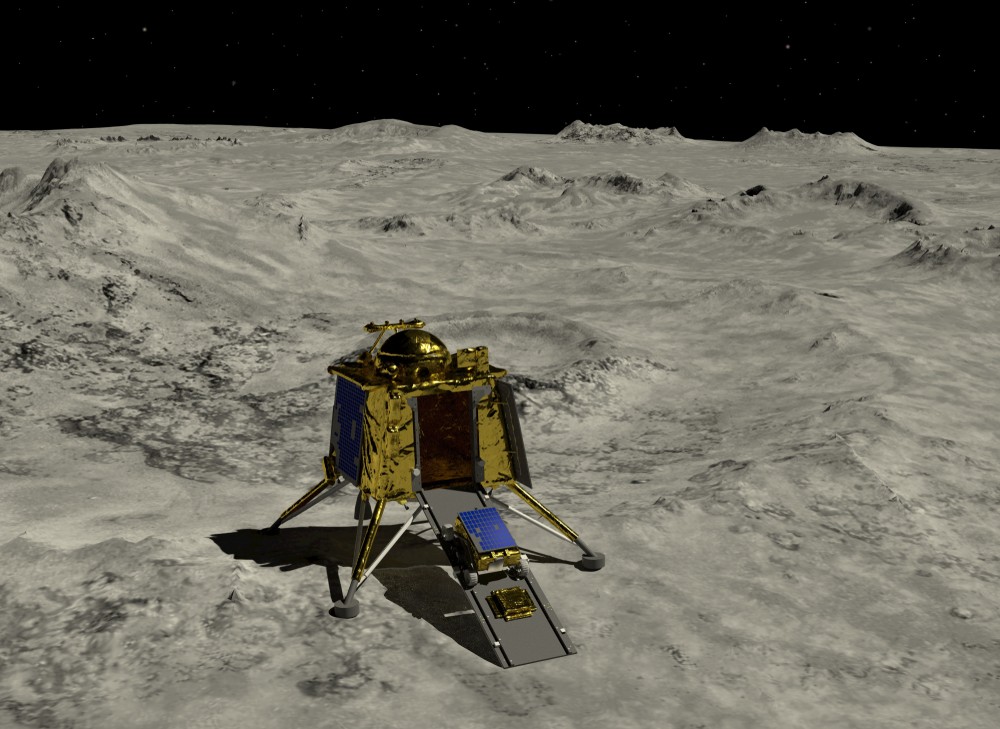Problem of Scarcity Could Send Manufacturers into Space

In 1998, the movie Armageddon asked a very important question: Is It easier to teach astronauts to become drillers, or drillers to become astronauts? The movie — considered a commercial success — may be the work of fiction, but the all-important question it asks might be one we actually find ourselves asking in decades to come. Only instead of blowing up an asteroid on a collision course with Earth, we’ll be looking at the feasibility of mining precious metals and raw ores from asteroids.

Scarcity principle in full effect
The scarcity principle is one every manufacturer is familiar with, and it’s a cousin of supply and demand. Basically, when there’s an abundance of something, the cost is low, and the scarcer it becomes, the higher prices climb. In the case of manufacturing, this almost always has to do with raw materials.
Look at the monthly Manufacturing ISM® Report On Business® and you’ll find a section that reports on the rising and falling costs of raw materials. Although it’s not a direct representation of the scarcity principle, it does show the predicament manufacturers face as raw materials become more or less available.
Consider raw materials a finite resource; eventually, we’ll run out. As critical materials like aluminum, iron ore, gold, and nickel become scarce, the cost of manufactured goods will rise.
Space: the final frontier
Even before Armageddon posited the idea of sending drillers to space, the idea of mining ore from asteroids was a less-than-feasible situation drawn up by miners and manufacturing companies. The biggest barrier: cost. Even with the proper technology, sending up miners to tap asteroids for precious metals just isn’t worth the cost. But how long until it is?
Advances in astronomy have clued us into several near-earth asteroids that could have billions of dollars in untapped precious metals. That, coupled with advances in space flight technology, have put asteroid mining back on the table. The lynchpin standing between laughable pipe dream and a viable mission is scarcity. How long until materials become so scarce that prices rise to unsupported levels?
A 2012 feasibility study on asteroid mining puts the cost of mining an asteroid at an upwards of $2.6 billion. What kind of return on investment (ROI) makes sense for a real space mining mission, and how long until material scarcity reaches a boiling point?

A mammoth undertaking
Asteroid mining is no small undertaking, even if the numbers make sense. Weight ratios come into play, along with asteroid identification accuracy and numerous other variables that could shift the ROI of a space mining mission by tens of billions of dollars.
Although it’s unlikely we’ll need to send up a crew of drillers to tap an asteroid for precious metals anytime in the next few decades, it’s never too early to start planning. Pioneers of new space-age technology like Elon Musk have already begun engineering solutions for asteroid mining, which could pave the way for early-stage missions. It begs a new question: which will come first, colonization of a new planet or the first successful asteroid mining mission?